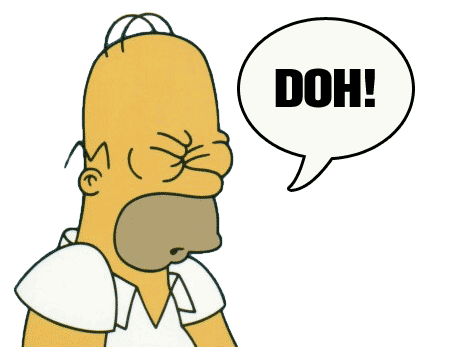blawjr
Well-Known Member
I'm looking into ordering a diffusion stine to use in the keg to carbonate my beer. I just noticed that when I carbonate in the keg the carbonation seems different, and less pleasant than when i bottle condition. I'm hoping the stone will help by introducing finer bubbles? I need advice on wether to use the .5 micron stone, or the 2 micron. Any suggestions?





